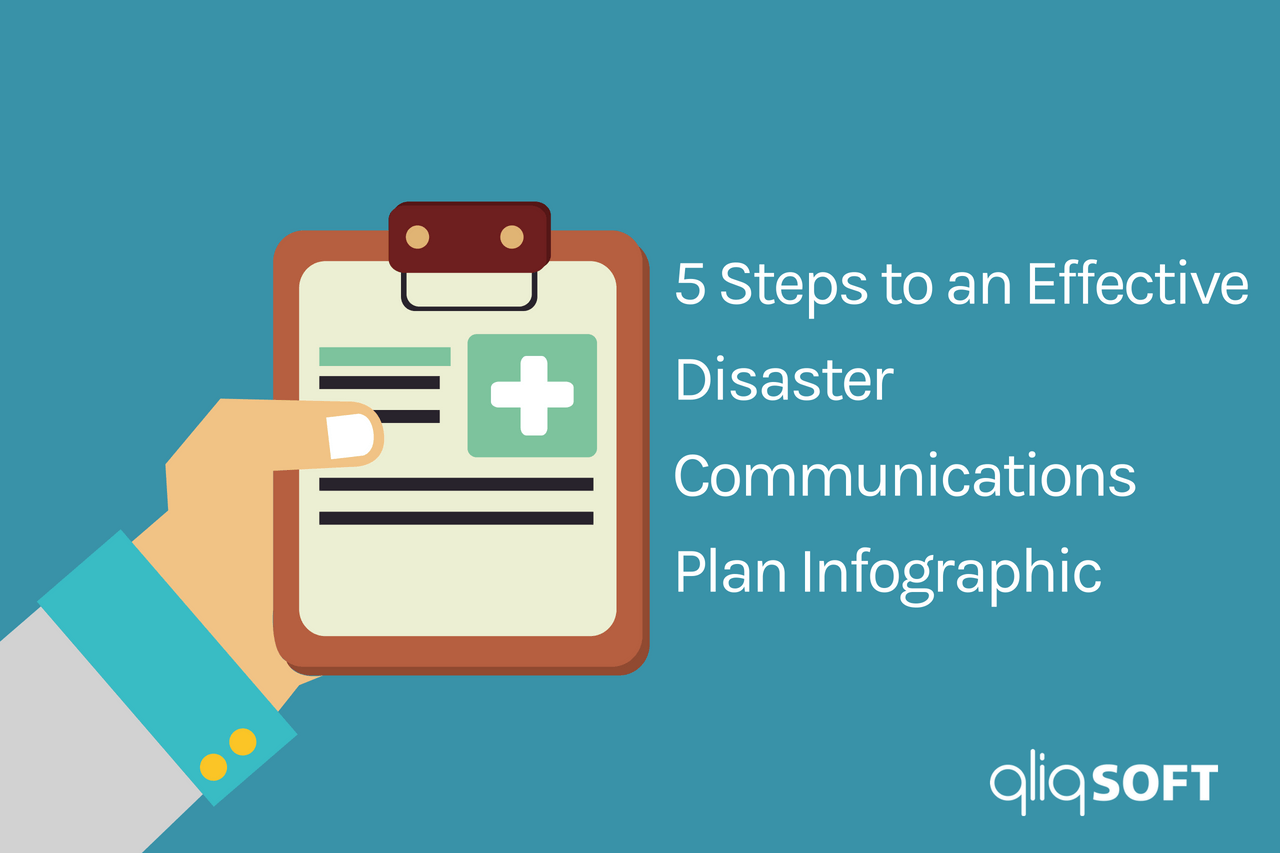
Creating disaster communications plans can be complex, especially in healthcare when so much is at stake. Disasters and disruptions can happen at any time. You must be prepared in the event your systems go down. Key to that response is having a disaster communication tool, not dependent on the network or power of the location.
The only logical device that fits this description is a personal smartphone. By having a BYOD policy in place that allows secure messaging applications, you’ll empower your staff to keep communication lines open.While disaster communication plans have many factors, we’ve simplified some best practices into five steps. Navigate your way through disaster communications planning with this helpful advice.


Let’s put you in touch with the right person to learn more about use cases, functionality and cost.
Want the latest in blogs in your inbox?
Subscribe to our blogs for more!